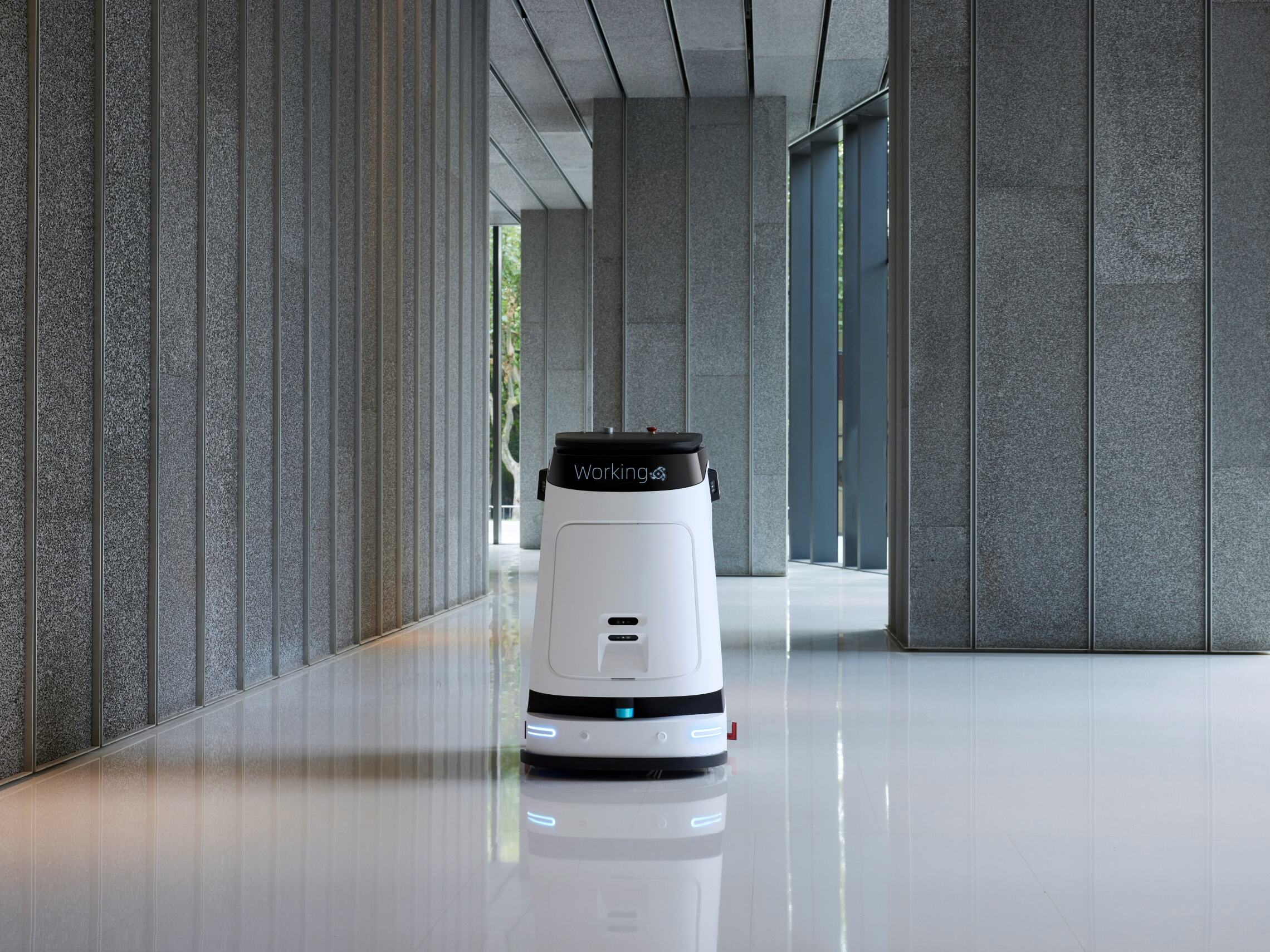Revolutionizing Commercial Floor Maintenance: Modern Solutions vs Traditional Methods
The landscape of commercial and industrial floor cleaning has evolved dramatically over the years. As facility managers and business owners face increasing pressure to maintain pristine environments while optimizing operational efficiency, the choice between an industrial floor scrubber and manual cleaning methods has become a critical decision. This comprehensive analysis explores the fundamental differences, benefits, and considerations that influence this important choice for modern facilities.
Understanding Floor Cleaning Technology
The Evolution of Floor Cleaning Equipment
The industrial floor scrubber represents a significant leap forward in cleaning technology. These sophisticated machines combine multiple cleaning actions - sweeping, scrubbing, and drying - into one efficient operation. Modern scrubbers utilize advanced features like adjustable pressure settings, water conservation systems, and ergonomic designs that maximize cleaning effectiveness while minimizing operator fatigue.
Today's industrial floor scrubber models incorporate smart technology, including automated navigation systems, programmable cleaning paths, and real-time performance monitoring. These innovations enable precise cleaning patterns and consistent results across large areas, dramatically reducing the time and effort required for maintenance.
Manual Cleaning Methods and Their Limitations
Traditional manual cleaning typically involves a combination of mops, buckets, brooms, and manual scrubbing tools. While these methods have served facilities for generations, they come with inherent limitations. The physical demands on cleaning staff, inconsistent results, and time-intensive nature of manual cleaning can impact both operational efficiency and cleaning quality.
Manual methods also face challenges in maintaining consistent cleanliness standards across large areas. The quality of cleaning often varies depending on operator technique, fatigue levels, and time constraints, leading to potential inconsistencies in the final results.
Comparative Analysis of Cleaning Efficiency
Time and Labor Considerations
When comparing an industrial floor scrubber to manual cleaning methods, time efficiency emerges as a crucial factor. A single industrial floor scrubber can clean up to 30,000 square feet per hour, while manual mopping typically covers only 4,000 to 5,000 square feet in the same timeframe. This dramatic difference in efficiency translates to significant labor cost savings and improved productivity.
The reduction in physical strain also leads to decreased worker fatigue and potential injury risks. Industrial floor scrubbers minimize the repetitive motions and physical exertion associated with manual cleaning, allowing staff to maintain higher productivity levels throughout their shifts.
Quality and Consistency of Results
Industrial floor scrubbers deliver superior cleaning results through mechanical action and precise chemical application. The consistent pressure, water flow, and solution distribution ensure uniform cleaning across the entire surface. This mechanical precision eliminates the variability inherent in manual cleaning methods.
Furthermore, industrial floor scrubbers feature separate clean and dirty water tanks, preventing cross-contamination that commonly occurs with traditional mopping. This design ensures that clean solution is always being applied to the floor, rather than redistributing dirty water across the surface.
Cost Analysis and Return on Investment
Initial Investment Considerations
While the upfront cost of an industrial floor scrubber represents a significant investment compared to manual cleaning equipment, the long-term financial benefits often justify the expense. The initial purchase price must be weighed against potential savings in labor costs, cleaning supplies, and maintenance requirements over time.
Many facilities find that the reduction in labor hours alone can offset the purchase price of an industrial floor scrubber within 12-24 months of operation. Additional savings come from reduced water and chemical usage, as well as extended floor life due to more consistent maintenance.
Long-term Operational Costs
Manual cleaning methods incur ongoing costs for supplies like mops, buckets, cleaning solutions, and replacement materials. These expenses, combined with higher labor costs and potential worker compensation claims from repetitive stress injuries, can make manual cleaning more expensive over time.
Industrial floor scrubbers, while requiring regular maintenance and occasional parts replacement, typically demonstrate lower operational costs per square foot cleaned. Modern machines also incorporate features for optimal resource usage, further reducing expenses related to water and cleaning solution consumption.
Environmental Impact and Sustainability
Water and Chemical Usage
Industrial floor scrubbers are designed with environmental consciousness in mind. Many models feature eco-friendly modes that optimize water and chemical usage, reducing waste and environmental impact. Advanced filtration systems and precise solution dispensing ensure that resources are used efficiently while maintaining excellent cleaning results.
In contrast, manual cleaning methods often result in excessive water and chemical usage due to less precise application methods. The inability to recover and filter cleaning solution also leads to greater water waste and chemical runoff.
Waste Reduction and Resource Management
Modern industrial floor scrubbers incorporate recovery systems that collect and filter dirty water, allowing for proper disposal or recycling. This systematic approach to waste management helps facilities meet environmental regulations and sustainability goals more effectively than traditional cleaning methods.
The reduction in disposable cleaning materials, such as mop heads and cleaning cloths, further contributes to decreased environmental impact and waste reduction efforts.
Frequently Asked Questions
How much training is required to operate an industrial floor scrubber?
Most operators can become proficient with an industrial floor scrubber after 2-4 hours of hands-on training. Modern machines feature intuitive controls and safety features that simplify the learning process. Manufacturers typically provide comprehensive training resources and support to ensure proper operation and maintenance.
What types of facilities benefit most from industrial floor scrubbers?
Large facilities such as warehouses, manufacturing plants, retail centers, and educational institutions typically see the greatest benefits from industrial floor scrubbers. However, any facility with substantial floor space or high cleanliness requirements can justify the investment based on improved efficiency and cleaning results.
Can industrial floor scrubbers be used on all floor types?
Most industrial floor scrubbers are designed to work effectively on various hard floor surfaces, including concrete, tile, stone, and sealed wood. Different brush types and pressure settings allow for customization based on specific floor materials and cleaning requirements. However, it's important to consult with manufacturers to ensure compatibility with your specific flooring type.

